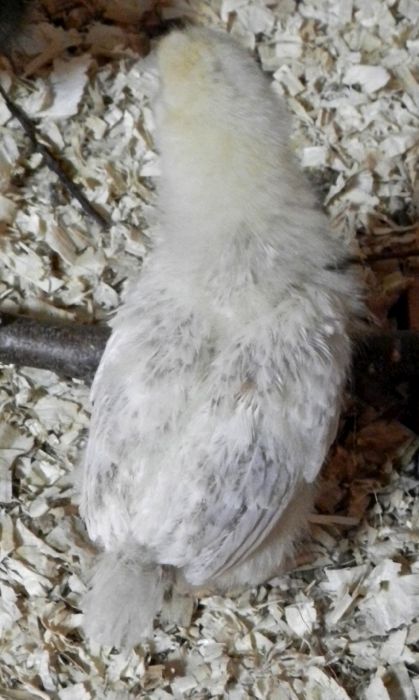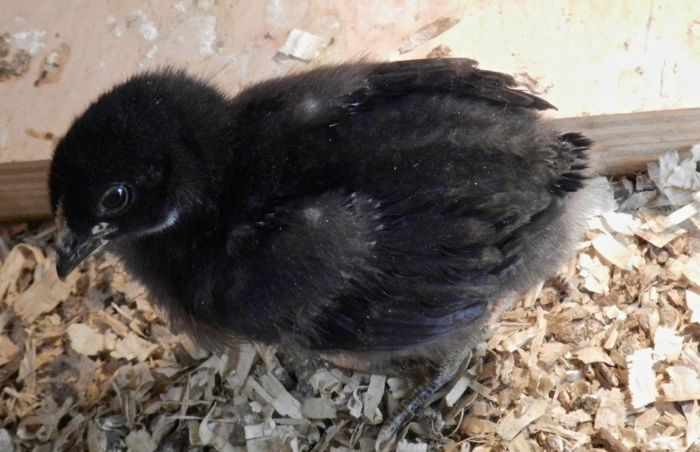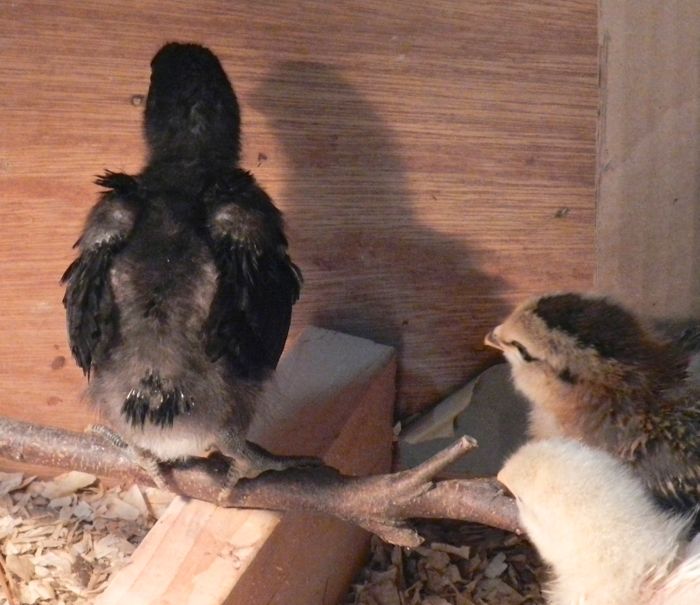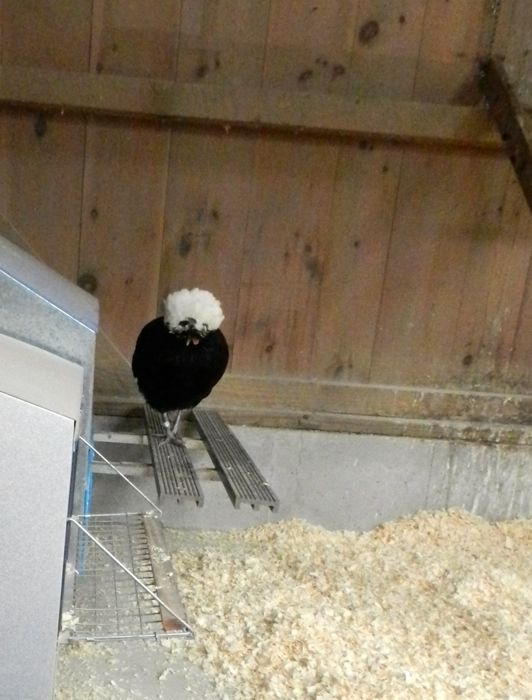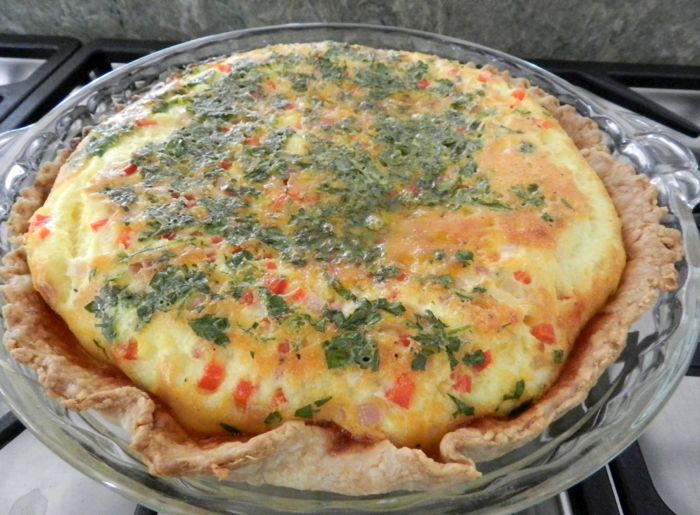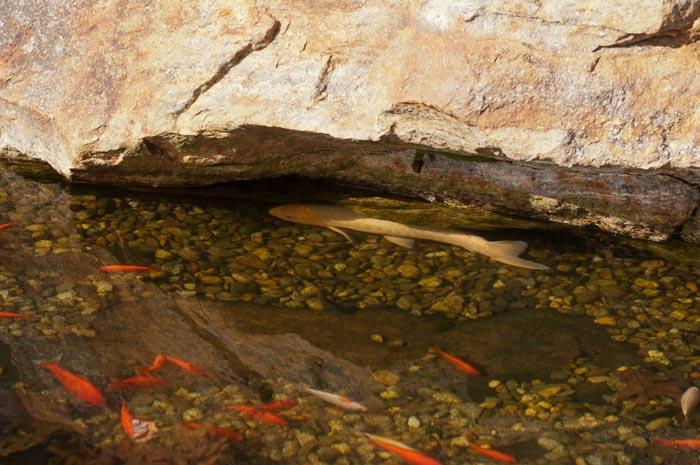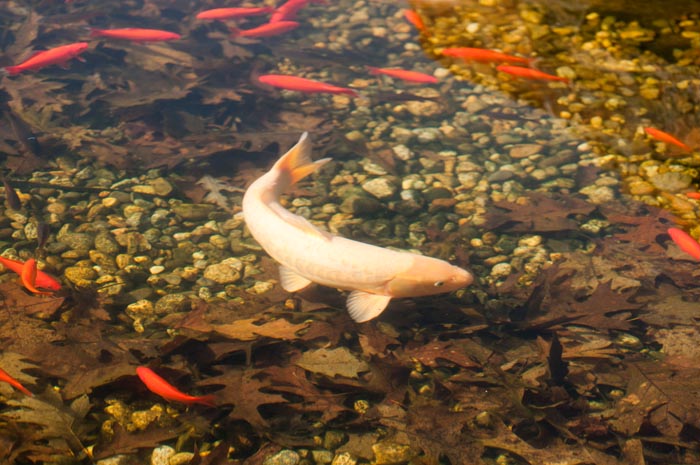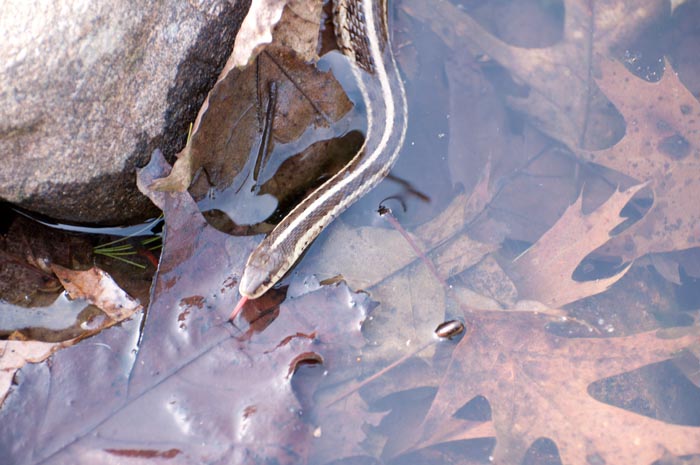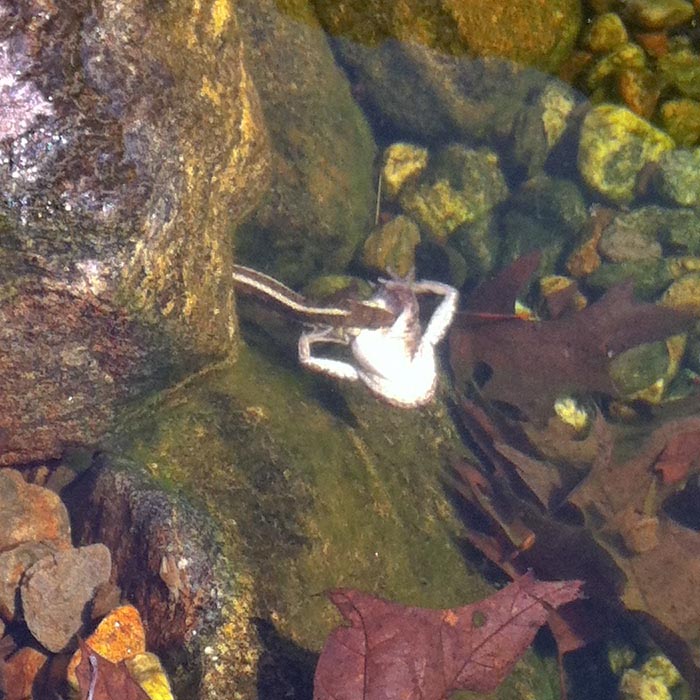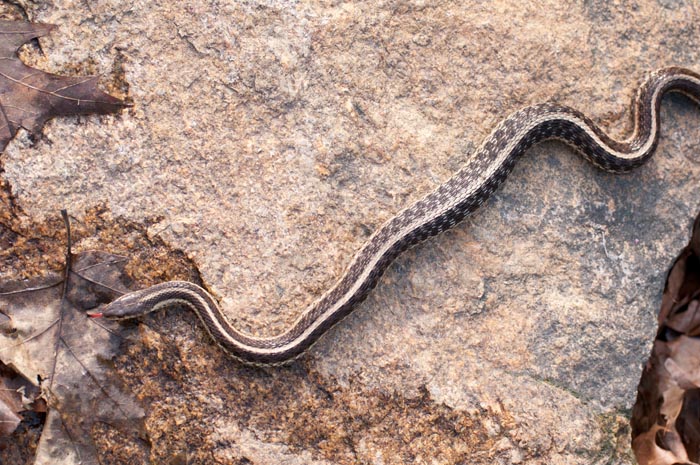Support this website – find out how…
Yearly Archives: 2013
Tails!
The chicks are just over two weeks old. I told you that they wouldn’t look like like quintessential Easter chicks for long, and I was right. Their necks and legs are longer. Their down is coming off and feathers are coming in, but in spurts and in patches. It’s a gawky stage.
The new feathers are most noticeable on the wings and rumps. There’s a marked difference between how quickly the breeds are maturing. The Delaware, developed as a meat bird (but which happens to be a good egg producer and have a docile temperament), is ahead of the rest (but grows nowhere as fast as a modern meat bird, thank goodness.)
This black star is a tad slower to grow her tail feathers, but they’re there!
This little chick arrived with almost no down on her back. Her skin was dry and rough. Perhaps she had difficulty hatching? But she’s thriving and bold in nature. Even she has a wiggle of a tail.
The chicks are quite aware of their transformation. They’ve been flapping their wings. A few have achieved lift-off! I’ll be raising the sides of the brooder soon.
Siouxsie’s Strategy
The Gems are not thrilled to have Siouxsie in their midst. She’s an annoying, clueless bird who gets in the way, and who doesn’t get fast enough out of the way when given a beady stare. But, the Gems aren’t a bullying bunch, and so, although they don’t want this crazy-pouffed hen to hang out with them, they’re not beating up on her either. There’s a judicious use of feather ruffling and pecking, which quickly subsides when Siouxsie turns tail. For a hen who is used to pummeling others, Siouxsie is feeling rather out of sorts. No place seems safe. Just when she starts to enjoy her corner of the outside run, another hen comes along and tells her to move on.
Siouxsie has come up with a strategy of how to be left alone.
This is Topaz. Topaz is a classic broody hen.
Topaz is fluffed up in righteous mamma-hen anger (even though there are no eggs under her). She churrs threats to anyone who comes near her nesting box. The Gems avoid her. Siouxsie has planted herself outside of Topaz’s box. Siouxsie ignores the broody hen growling. Siouxsie doesn’t care, because the hens that do count, those Gems that chase her about, don’t come near Topaz, and so they don’t come near her. Yesterday, Siouxsie even crowded herself into that nesting box with Topaz and laid an egg.
Perhaps Siouxsie isn’t as clueless as I thought.
Quiche Season
Yesterday I collected 9 eggs from the Big Barn girls. When there’s an abundance of eggs, it’s Quiche Season. Quiche is simply a savory egg custard. It’s very forgiving. Know the proportions, use your good eggs, and it will come out right.
I prefer to use a clear glass Pyrex pie plate for the quiche, because it browns the crust just right. But, that’s a quibble. In any event, prebake a pie crust. (A recipe will be in my upcoming egg cookbook, but for now use this one as it is close to mine.)
Quiche is all about the proportions. 4 large eggs, 1 1/2 cups of milk or cream, 1 cup of shredded cheese, and 1/2 cup of add-ins. A pinch of salt brings out the flavor. Fresh herbs are a nice touch. In the photo below, I used whole milk, cheddar cheese and some Parmesan, and sautéed red onions and sweet red bell peppers. Fresh parsley was tossed on top.
Bake at 350 degrees F for about 35 to 40 minutes until set. That’s it!
Have you made quiche lately, and what was in it?
Denizens of the Pond
The “little pond” of Little Pond Farm is actually a large water feature. It was not easy to build, but I had a lot of help. It was constructed ten years ago. When designing it, I had imagined a half-dozen beautiful koi swimming about. The first year I bought several young and pretty fish. They were small. A Great Blue Heron dined on many. But a few survived. Especially this one. She was not even two-inches long when I purchased her for $2.99, I now call her The Beast. She is savvy. The pond has an underwater cave where she stays safe from predators and where she sleeps in the winter.
The Beast could live for decades. Her minions are her descendants, fathered by feeder goldfish.
Even as the pond was being built, critters moved in. A bullfrog lived here for ten years, until it died last spring from what I assume was old age. Bullfrogs, like chickens, are omnivores. The large ones even eat garter snakes. When one animal disappears, another takes its place. I’d wondered all last summer why I didn’t see any more large frogs. Now I know why.
This is an Eastern Ribbon Snake. It is an aquatic reptile. 90% of its diet is composed of frogs, toads and salamanders. It ignores the Beast. It ignores me, which means that I can watch it hunt. Here the snake has just snatched a frog and is pulling it into its lair.
Later, the snake came out to sun itself. You can see the bulge where the frog is in its belly.
I miss that old bullfrog, but life sure is interesting around the Little Pond.

